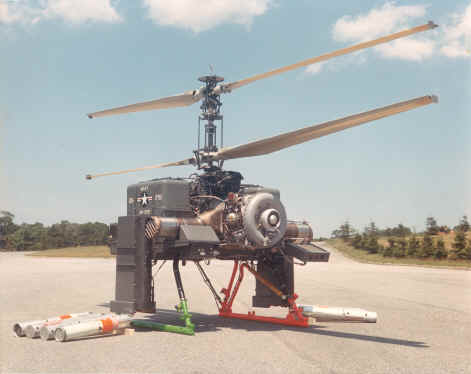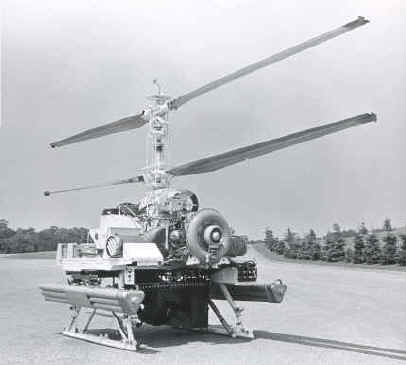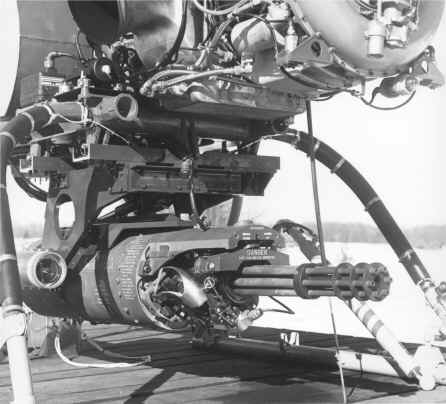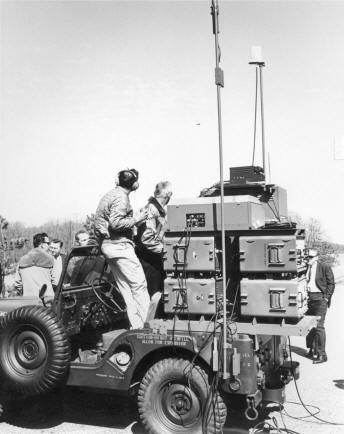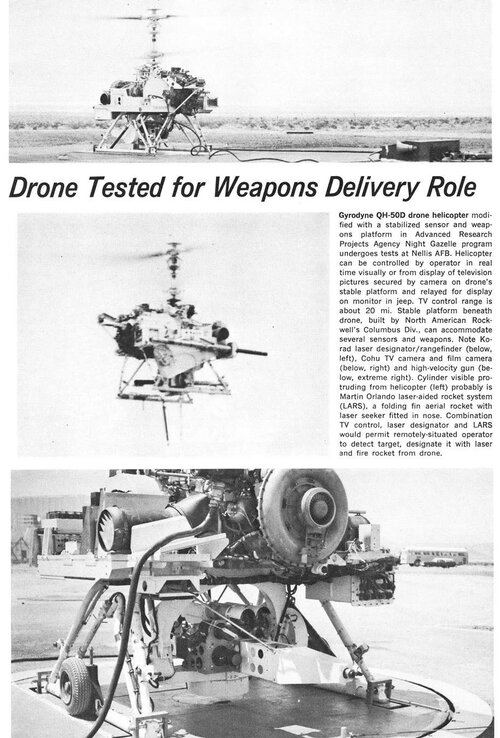Some of the problems that have plagued the QH-50 drone were caused by:
(a) Rapid turnover of experienced people, both officer and enlisted. Naval Aviation also has such rapid turnover but their people at least remain aviators.
(b) Quickly trained, totally inexperienced officer controllers who have been used for an average of two years as purely DASH controllers (for which they have been well qualified) and then have been lost forever to the system.
(c) Lack of training devices. Controllers have been exposed continually to classroom lectures on emergency procedures but no facilities have existed for giving training in in-flight emergencies. Reference here is made to an aircraft simulator such as the ANT-18 or C-11 Link trainer.
(d) No centralized authority. The system has been operated by surface types and administered by aviators. NAVAIRSYSCOM has been required to fund a system, which was not under its operational control. COMCRUDESLANT/PAC have been required to operate a system, which was last in line for aviation money. There have even been arguments as to whether the drone is an aircraft (hear-say).
(e) Lack of familiarity with the capabilities/limitations of the system on the part of people in authority has resulted in limited or improper use of the drone. Three days at the training command could have made them knowledgeable not only in tactics but, also in the avionics/mechanics of the system.
(f) PMS (Program Management Systems) has been a bone of major contention and despite the efforts of several conscientious and talented-people it has remained a problem because a special system (combination of surface and aviation systems) was originated for the drone. Refer to last sentence of paragraph 5(d) above.
(g) Poor logistics support as a result of (a) through (f) above.




